The 2021 Ecosystem Monitoring Fund has a wide focus in an effort to best capture the needs of the community. Proposals in support of new or existing monitoring programs of forested ecosystems in the seven-state FEMC region will be accepted. If you have questions about eligibility or the evaluation process, please contact Elissa Schuett.
Submission Deadline:
April 25, 2021
Funding Amount:
$25,000 maximum; 1:1 non-federal match required
Contact:
Objectives of the Ecosystem Monitoring Fund
Project Types: A wide range of project types will be considered for funding. As examples of the breadth of activities the FEMC hopes to support, this may include:
- the implementation of new monitoring programs to fill a critical gap in our understanding of forest response to novel stressors,
- upgrading an existing monitoring program to increase comparability with others in the region,
- aggregation of disparate data sets to expand the relevance of existing data,
- continuation and maintenance of existing long-term monitoring sites,
- digitization of key historical data sets to examine historical trends,
- collection of additional monitoring field data to address emerging needs,
- support or improvement of continuously deployed monitoring instrumentation,
- development of geospatial products to explore landscape patterns.
Project Focus: Projects may include any monitoring efforts related to forest ecosystem function, structure, and health. This may include forest vegetation, ecosystem services, invasive species, wildlife, water, soil, weather and climate, or air quality. Proposals for monitoring programs outside of these topics and activity types are welcome as long as there is a clear connection made to forest ecosystems in the Northeast.
Project Duration: Projects can be funded for up to two years.
Fund Priorities: Several priorities have been identified by the FEMC Steering Committee. These priorities are not exhaustive – but meant to guide selection of successful proposals to fund. Priority ranking will be given to projects that:
- Align closely with the strategic mission and objectives of the FEMC and current issue priorities identified by the FEMC network (detailed in the FEMC workplan)
- Expand on existing forest ecosystem monitoring efforts (spatially, temporally, or informationally), including current FEMC projects
- Have potential for impact across the larger FEMC stakeholder region
- Have the potential for ongoing support, and long-term viability
Funding Availability: A total of $100,000 is available in funding to support projects of up to $25,000 for up to two years, beginning in 2021. A 1:1 match of non-federal funds is required. It is anticipated that four to six projects will be funded.
Deadlines
| Proposals due | April 25, 2021 |
| Reviews complete | April 30, 2021 |
| Awards announced | May 7, 2021 |
| Awards begin | May 24, 2021 |
| Awards complete | May 19, 2023 |
Eligibility
Proposals will be accepted from personnel from universities, non-profit, state, tribal, or private organizations located in one of the FEMC member states: Connecticut, Maine, Massachusetts, New Hampshire, New York, Rhode Island, or Vermont. Investigators from other states can be included as co-author on the proposal but cannot lead the project. Monitoring must be conducted primarily within one of the seven listed states. Monitoring conducted outside of these states with matching funds can be included.
Diversity
FEMC is committed to integrating principles of diversity, equity, inclusion, and justice (DEIJ) into our monitoring programs. FEMC will implement approaches in this RFP to reach diverse communities, both to conduct monitoring and who may benefit from monitoring. We encourage proposals from underrepresented organizations, or that will provide valuable information to these communities. Please include in the proposal narrative (see below) a description of how FEMC DEIJ goals will be met with this proposal. The details can be included throughout the proposal, but also specifically in the rationale, objectives, or outcomes sections.
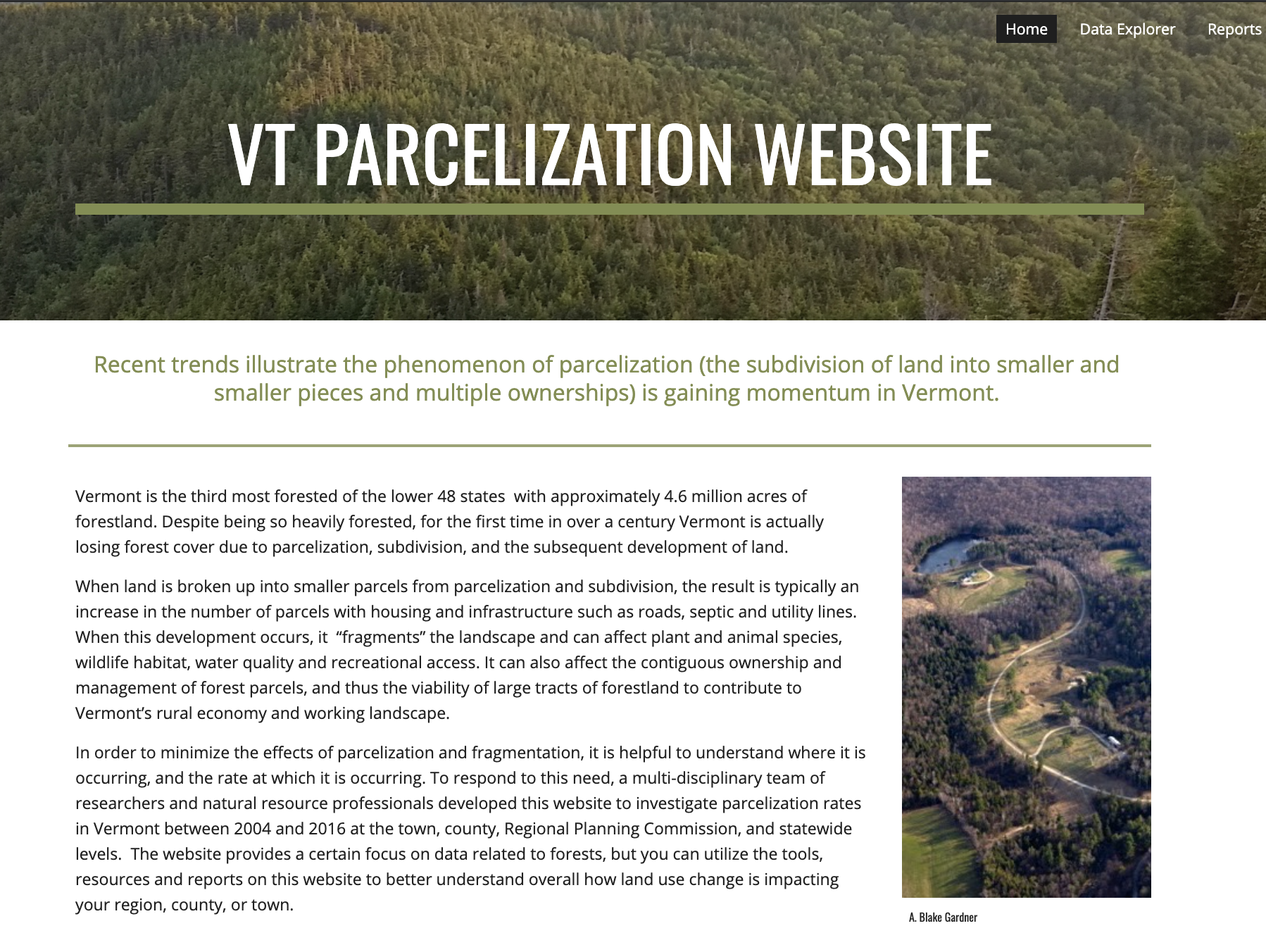
Lead PI: Jamey Fidel
Organization: Vermont Natural Resources Council
This project (Updating and Improving the Vermont Parcelization Website) will aggregate disparate parcelization and subdivision data sets to expand the relevance of the Vermont Parcelization Website, the statewide tool to access and examine parcel ownership and land classification data in Vermont. As large undeveloped forest blocks are divided into smaller and smaller parcels through subdivision, forest fragmentation and loss occur as parcels are developed with houses, roads and infrastructure. Since forest ecosystem function and health is strongly related to the maintenance of large and unfragmented forest blocks, it is important to understand where large parcels are being sustained, and where they are being converted to smaller parcels to inform land management, land conservation, and land use planning efforts. This project will update the Parcelization Website to include data through 2020. In addition, this project will integrate existing data sources, such as Vermont Property Transfer Tax data, to explore ways to improve the timeliness, accuracy, utility, and application of parcel and land classification data. This will assist land use and conservation planning, land management, technical assistance efforts, state policy, and applied research.
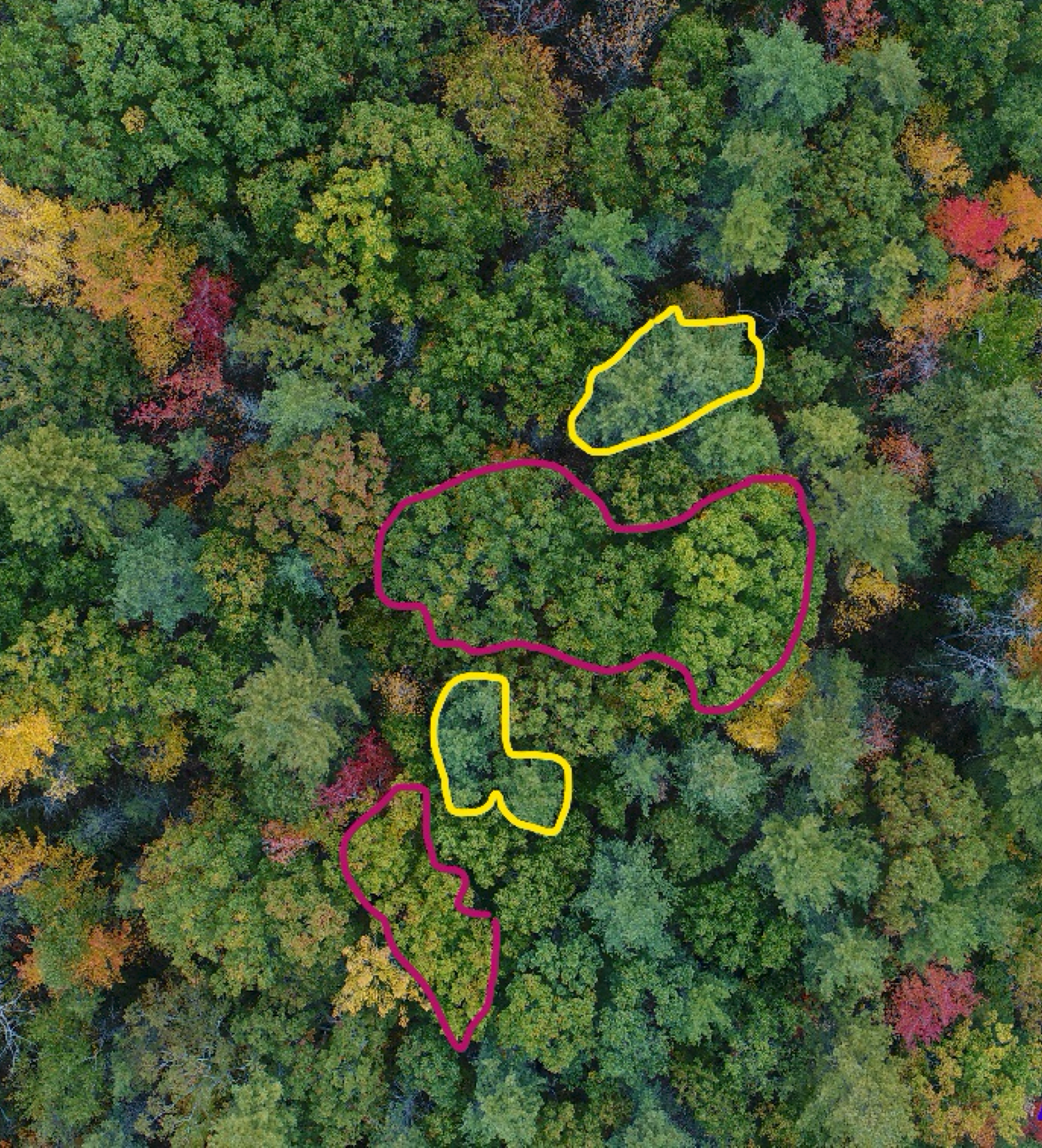
PIs: Greg Zogg and Steven Travis
Organization: University of New England
We are requesting funds to expand an existing forest ecosystem monitoring effort in an oak pine forest in Maine to include components of biodiversity that are not typically measured - the genetic structure of overstory trees, as well as characterization of soil microbial communities. The proposed work also has considerable potential for impact across the larger FEMC stakeholder region because we will develop a guide to quantifying plant genetic, bacterial, and fungal diversity which can be used by members of the FEMC community, and others, who might wish to expand their monitoring programs to incorporate such measures. Data of this type are important given that plant genetic diversity has been shown to function similarly to species diversity and thus influences overall ecosystem productivity and stability in the face of disturbance. Soil microbes, including prokaryotic bacteria and eukaryotic fungi, largely regulate critical forest biogeochemical processes such as nutrient cycling and contribute to carbon release from soils to the atmosphere (i.e., soil respiration). Furthermore, there is growing evidence that the genetic structure of the plant community can impact the composition and diversity of both soil bacteria and fungi. Thus, expanding forest monitoring efforts to include these parameters will provide valuable insights into plant-microbial relationships that are integral to forest ecosystem function and health. Technological advances have dramatically reduced the price of molecular assays needed for this kind of work, but intensive sampling at monitoring sites would likely be cost prohibitive for many groups without some guidance as to how to proceed. We propose to sample at scales ranging from meters (i.e., individual trees) up to a kilometer, so as to determine the optimal sampling distance for characterizing the genetic structure of forest trees and the community composition of their associated soil microbes. The primary deliverable from our proposed work will be a report describing a preliminary sampling scheme that users can apply to determine the appropriate scale for their monitoring efforts, advice about selecting reliable and relatively inexpensive labs to conduct the specialized molecular work, and suggestions for user-friendly tools for analyzing the results. Thus, our project will have the potential for ongoing support, and long-term viability by reducing costs of future diversity surveys, for our project and others, to something that can be supported solely by institutional funds. The data collected at our site will also be used to explore the impact of plant genetic, bacterial, and fungal diversity on forest structure and function, thereby contributing to forest ecology research.
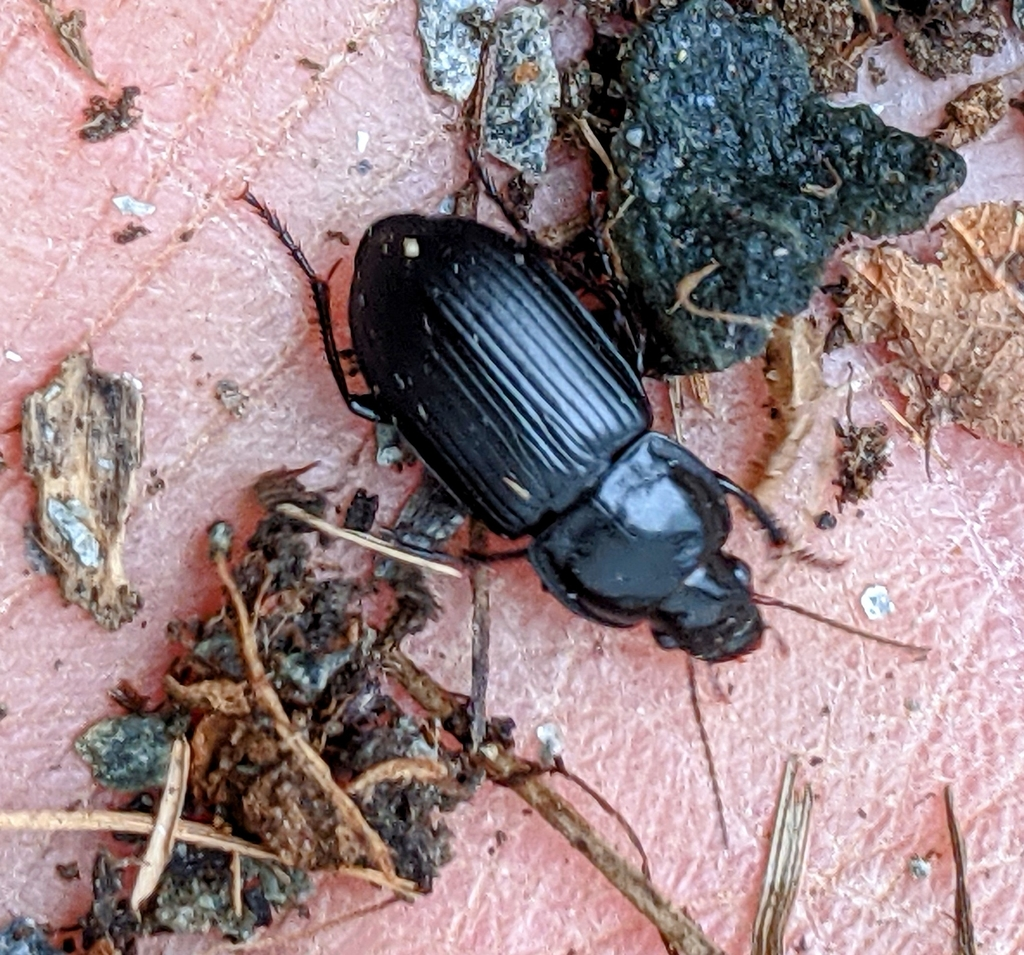
Lead PI: Jason Hill
Organization: Vermont Center for Ecostudies
Invertebrates perform essential, irreplaceable ecological functions and services, but invertebrate populations are likely experiencing precipitous declines worldwide and shifting to higher elevations and latitudes in response to climate change. These changes may be most pronounced in forested montane environments, where temperatures are warming at a rate of 2-5x the global background rate. This reshuffling of the invertebrate community will ultimately result in pronounced changes to metrics of forest health by altering existing stressors on trees (e.g., herbivory and disease transmission) and influencing avian communities that rely on these invertebrates for food during their breeding season.
Here, we propose to develop a monitoring project for the invertebrate community within montane forests. Our primary goal is to document changes in abundance and biomass of invertebrates as climate change advances, and to describe patterns of invertebrate diversity and abundance along an elevational gradient. Secondarily, we hope to contribute synergistically to existing monitoring programs, by establishing sampling locations in proximity to the long- term monitoring sites of Mountain Birdwatch or Forest Health Monitoring. Using our extensive experience coordinating and managing community science projects, the Vermont Center for Ecostudies (VCE) will develop a suite of monitoring protocols that can be easily adopted by community scientists. In June of 2021, we will verify field methods and establish ~18 monitoring sites on Mt. Mansfield at Mountain Birdwatch sampling locations. After determining which methods are most productive and appropriate for community scientists in forested montane environments, we will expand the monitoring project to an additional ~20 sampling locations per year starting in 2022. Future sampling locations will be chosen based on their involvement in existing monitoring programs, such as Mountain Birdwatch and Forest Health Monitoring.
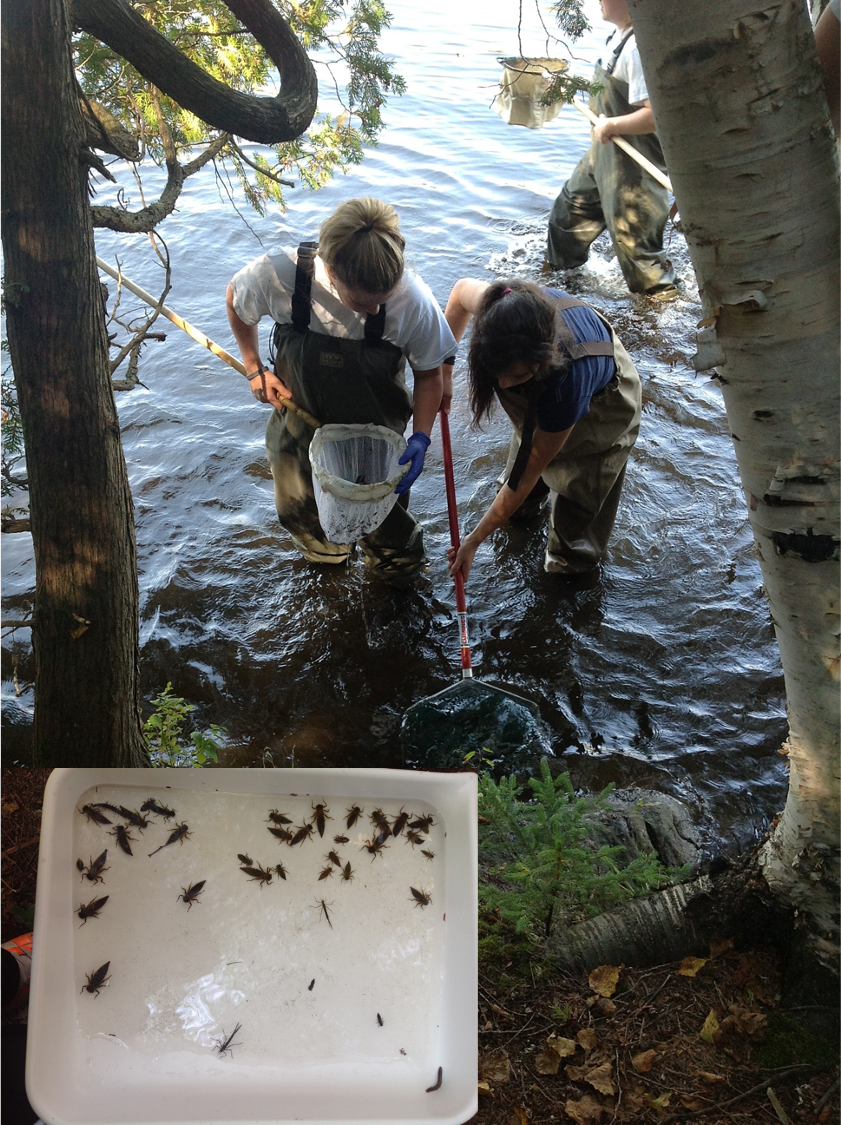
Lead PI: Celia Chen
Organization: Dartmouth College
This proposal seeks to expand current Dartmouth-led community science collections of dragonfly larvae for mercury biomonitoring into the White and Green Mountain National Forests, and to continue collecting at locations that have been part of the program for the last 10 years. This effort will provide spatial mercury data for NH and VT, states that are susceptible to hotspots of mercury bioaccumulation but lack consistent long term monitoring. The utilization of community science efforts will reach underserved communities and provide benefits of increased investment in and knowledge of local ecosystems. Most importantly, the biomonitoring will also provide baseline and temporal data to enhance understanding of mercury fate in NH and VT forested ecosystems and assist with management goals.
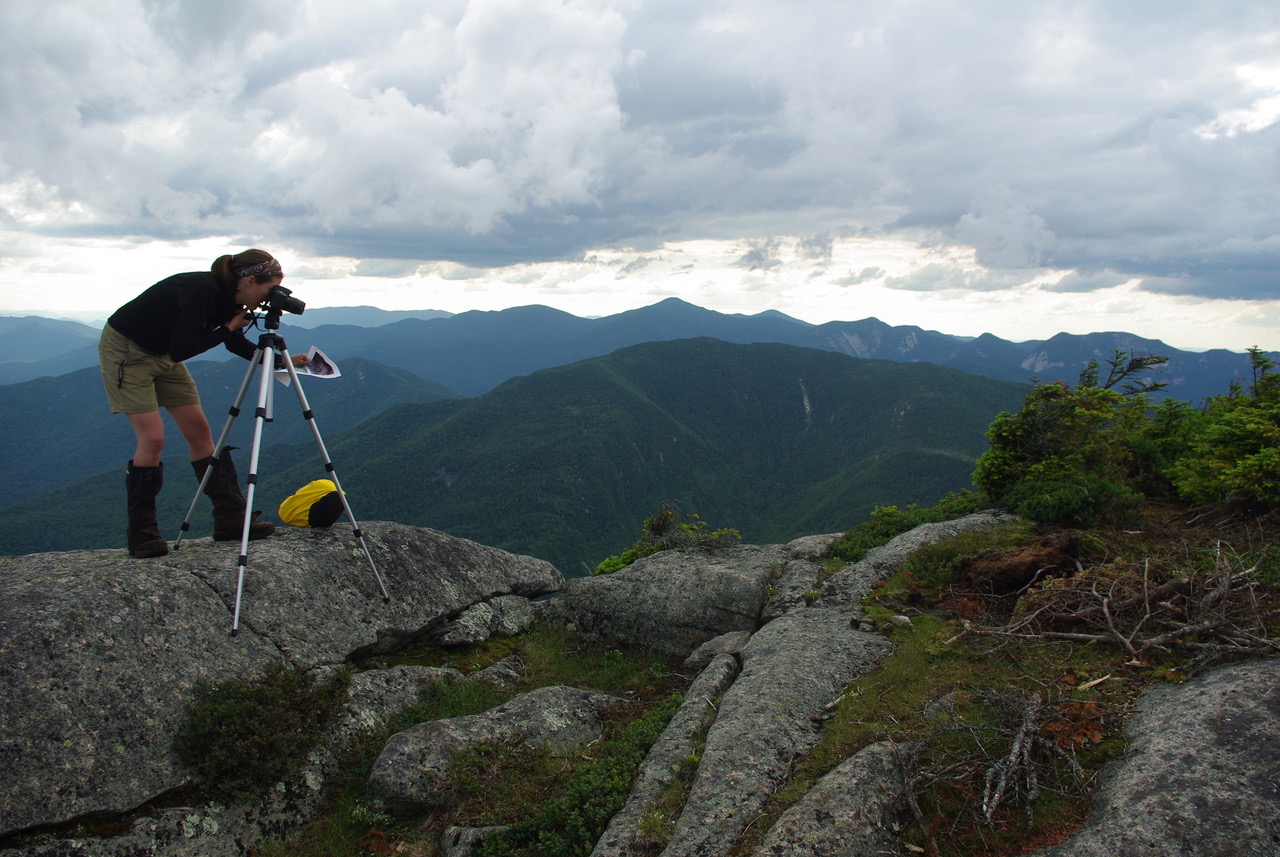
Lead PI: Kayla White
Organization: Adirondack Mountain Club
As recreation continues to increase in northeast forest ecosystems, the embedded alpine summits are a common hiking destination yet are very sensitive to hiker trampling. The Adirondack High Peaks Summit Stewardship Program established a photographic monitoring system in 1999 to better quantify the interplay among hiker trampling, vegetation growth and persistence, and hiker education and outreach. In this proposal we request funding to, first, ensure continuity in monitoring by resampling, analyzing, and archiving our 59 established photopoints, and second, to reevaluate and update the design of the monitoring project to improve the sampling strategy and statistical rigor. Overall, our goal is to continue building a photo monitoring system that is straightforward to maintain, provides accessible data to address our questions, and is easily transferrable to other locations and partner organizations.
